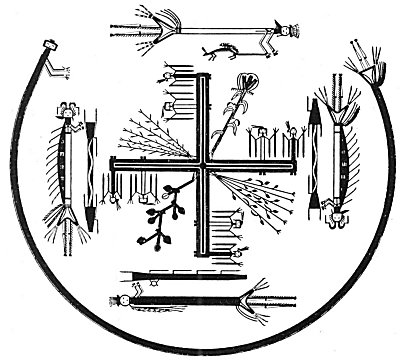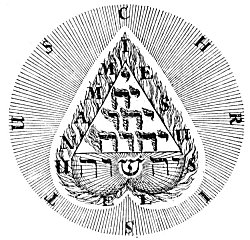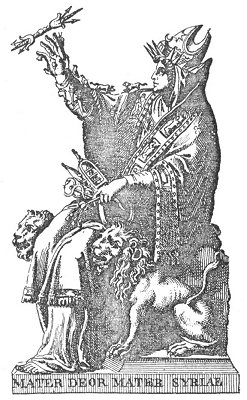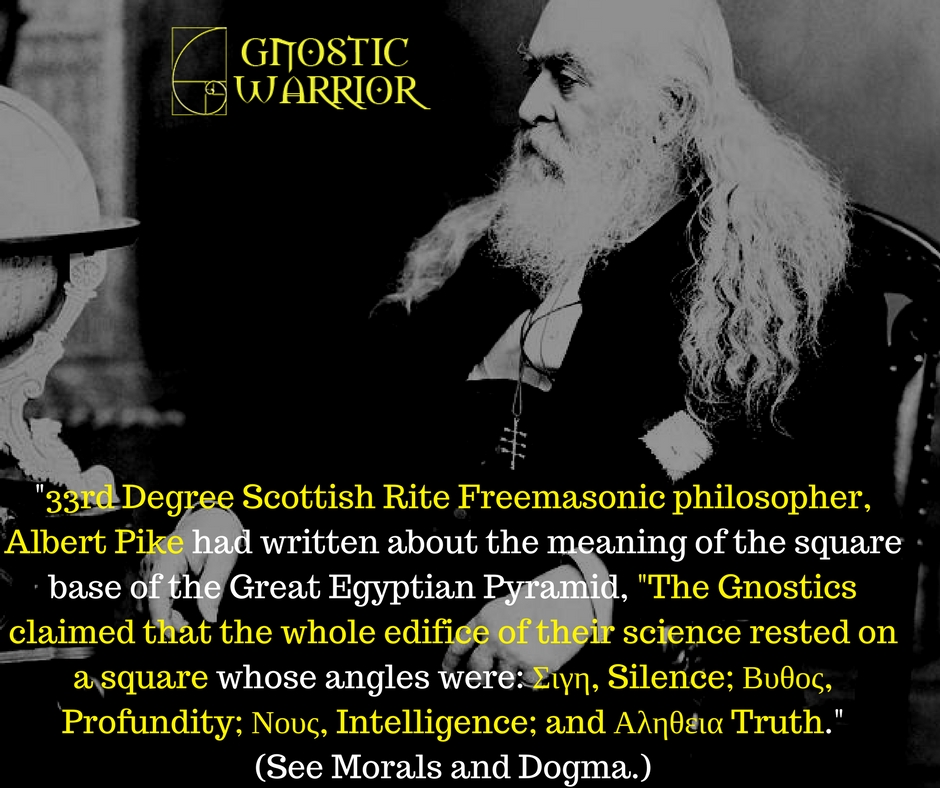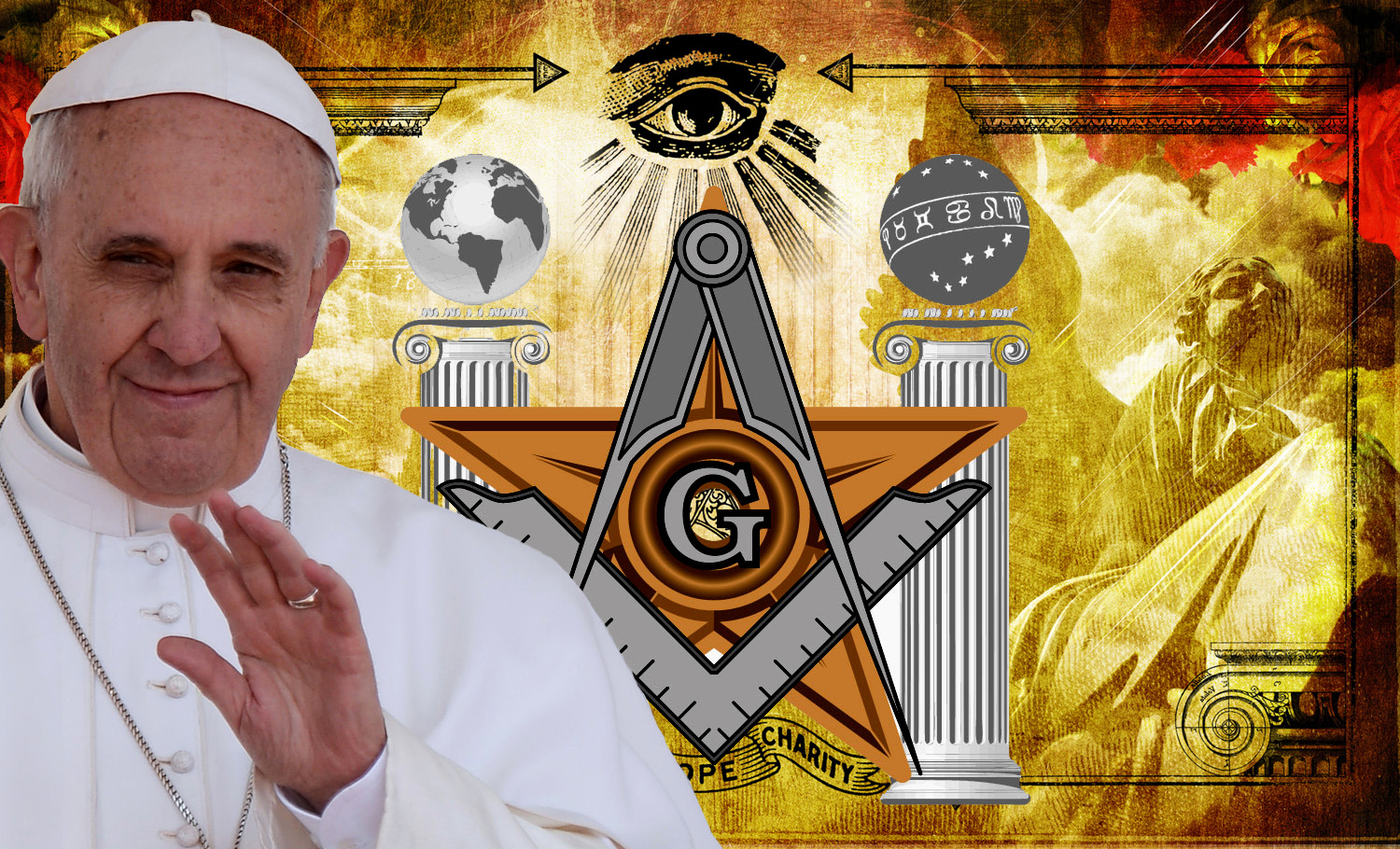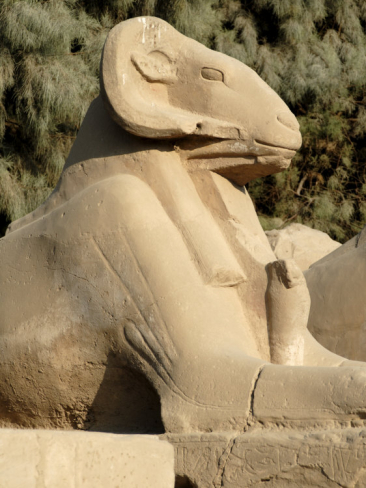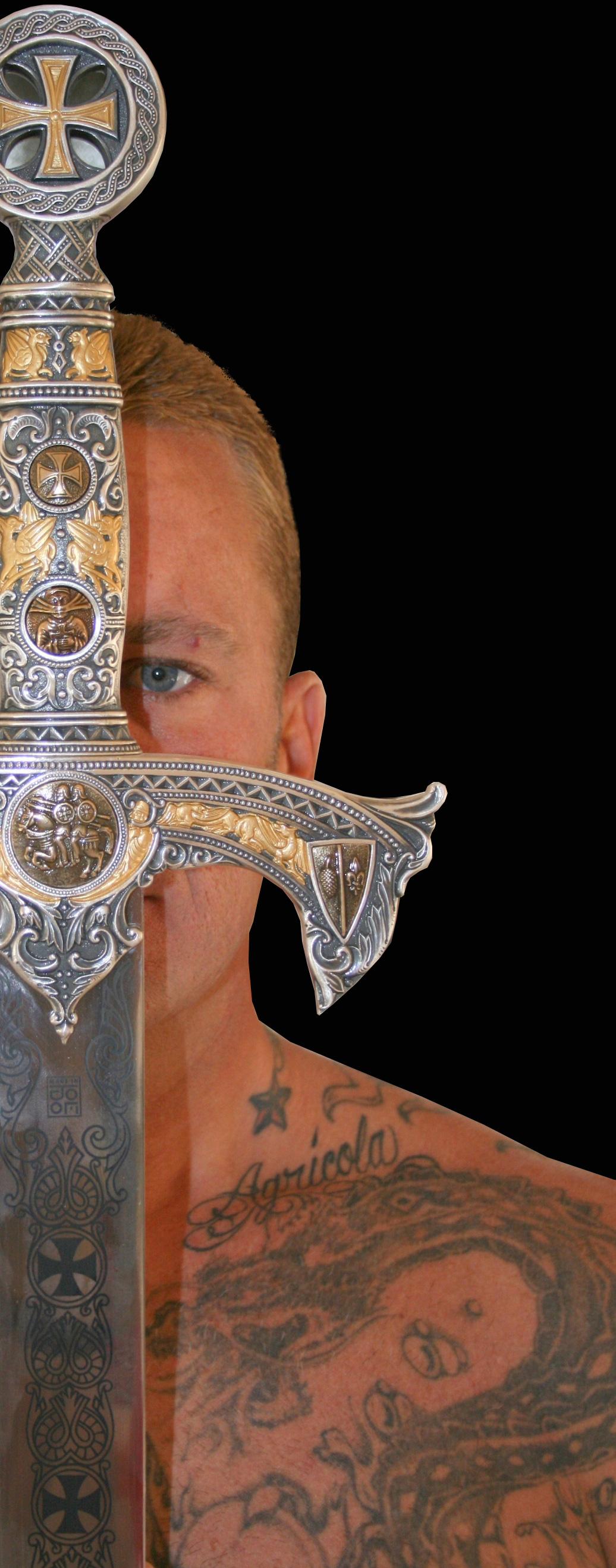The supreme ambition of the Dionysiac Architects was the construction of buildings which would create distinct impressions consistent with the purpose for which the structure itself was designed. In common with the Pythagoreans, they believed it possible by combinations of straight lines and curves to induce any desired mental attitude or emotion. They labored, therefore, to the end of producing a building perfectly harmonious with the structure of the universe itself. They may have even believed that an edifice so constructed because it was in no respect at variance with any existing reality would not be subject to dissolution but would endure throughout the span of mortal time. As a logical deduction from their philosophic trend of thought, such a building–en rapport with Cosmos–would also have become an oracle. Certain early works on magical philosophy hint that the Ark of the Covenant was oracular in character because of specially prepared chambers in its interior. These by their shape and arrangement were so attuned to the vibrations of the invisible world that they caught and amplified the voices of the ages imprinted upon and eternally existent in the substance of the astral light.
Unskilled in these ancient subtleties of their profession, modern architects often create architectural absurdities which would cause their creators to blush with shame did they comprehend their actual symbolic import. Thus, phallic emblems are strewn in profusion among the adornments of banks, office buildings, and department stores. Christian churches also may be surmounted with Brahmin or Mohammedan domes or be designed in a style suitable for a Jewish synagogue or a Greek temple to Pluto. These incongruities may be considered trivial in importance by the modern designer, but to the trained psychologist the purpose for which a building was erected is frustrated in large measure by the presence of such architectural discordances. Vitruvius thus defines the principle of propriety as conceived and applied by the Dionysians:
“Propriety is that: perfection of style which comes when a work is authoritatively constructed on approved principles. It arises from prescription (Greek θεματισμῷ), from usage, or from nature. From prescription, in the case of hypæthral edifices, open to the sky, in honour of Jupiter Lightning, the Heaven, the Sun, or the Moon: for these are gods whose semblances and manifestations we behold before our very eyes in the sky when it is cloudless and bright. The temples of Minerva, Mars, and Hercules will be Doric, since the virile strength of these gods makes daintiness entirely inappropriate to their houses. In temples to Venus, Flora, Proserpine, Spring-Water, and the Nymphs, the Corinthian order will be found to have peculiar significance, because these are delicate divinities and so its rather slender outlines, its flowers, leaves, and ornamental volutes will lend propriety where it is due. The construction of temples of the Ionic order to Juno, Diana, Father Bacchus, and the other gods of that kind, will be in keeping with the middle position which they hold; for the building of such will be an appropriate combination of the severity of the Doric and the delicacy of the Corinthian.”
p. 175
In describing the societies of Ionian artificers, Joseph Da Costa declares the Dionysiac rites to have been founded upon the science of astronomy, which by the initiates of this order was correlated to the builder’s art. In various documents dealing with the origin of architecture are found hints to the effect that the great buildings erected by these initiated craftsmen were based upon geometrical patterns derived from the constellations. Thus, a temple might be planned according to the constellation of Pegasus or a court of judgment modeled after the constellation of the Scales. The Dionysians evolved a peculiar code by which they were able to communicate with one another in the dark and both the symbols and the terminology of their guild were derived, in the main, from the elements of architecture.
While stigmatized as pagans by reason of their philosophic principles, it is noteworthy that these Dionysiac craftsmen were almost universally employed in the erection of early Christian abbeys and cathedrals, whose stones even to this very day bear distinguishing marks and symbols cut into their surfaces by these illustrious builders. Among the ornate carvings upon the fronts of great churches of the Old World are frequently found representations of compasses, squares, rules, mallets, and clusters of builders’ tools skillfully incorporated into mural decorations and even placed in the hands of the effigies of saints and prophets standing in exalted niches. A great mystery was contained in the ancient portals of the Cathedral Of Notre Dame which were destroyed during the French Revolution, for among their carvings were numerous Rosicrucian and Masonic emblems; and according to the records preserved by alchemists who studied their bas-reliefs, the secret processes for metallic transmutation were set forth in their grotesque yet most significant figures.

Moe is the founder of GnosticWarrior.com. He is a father, husband, author, martial arts black belt, and an expert in Gnosticism, the occult, and esotericism.

